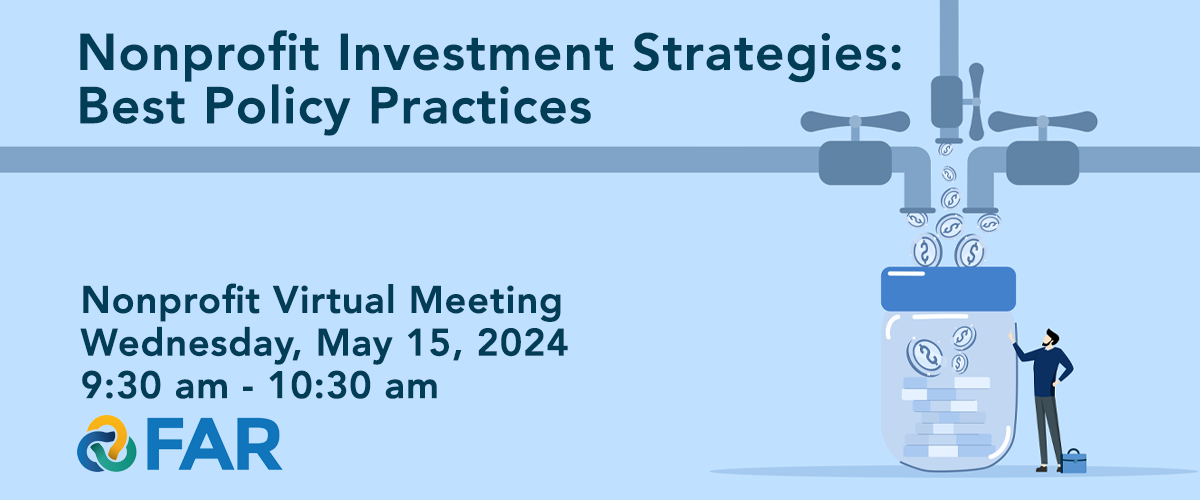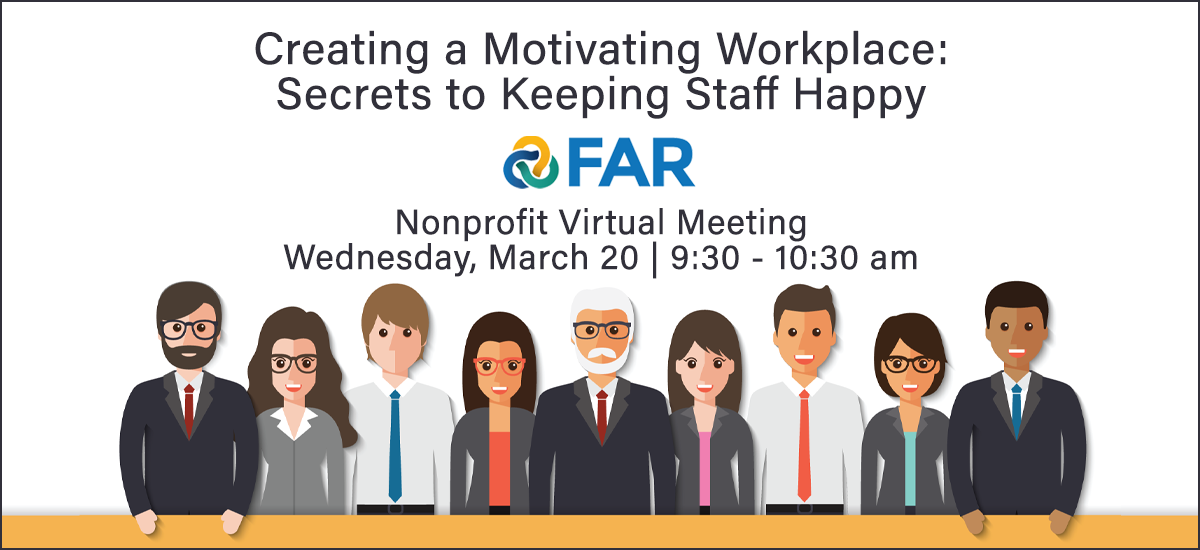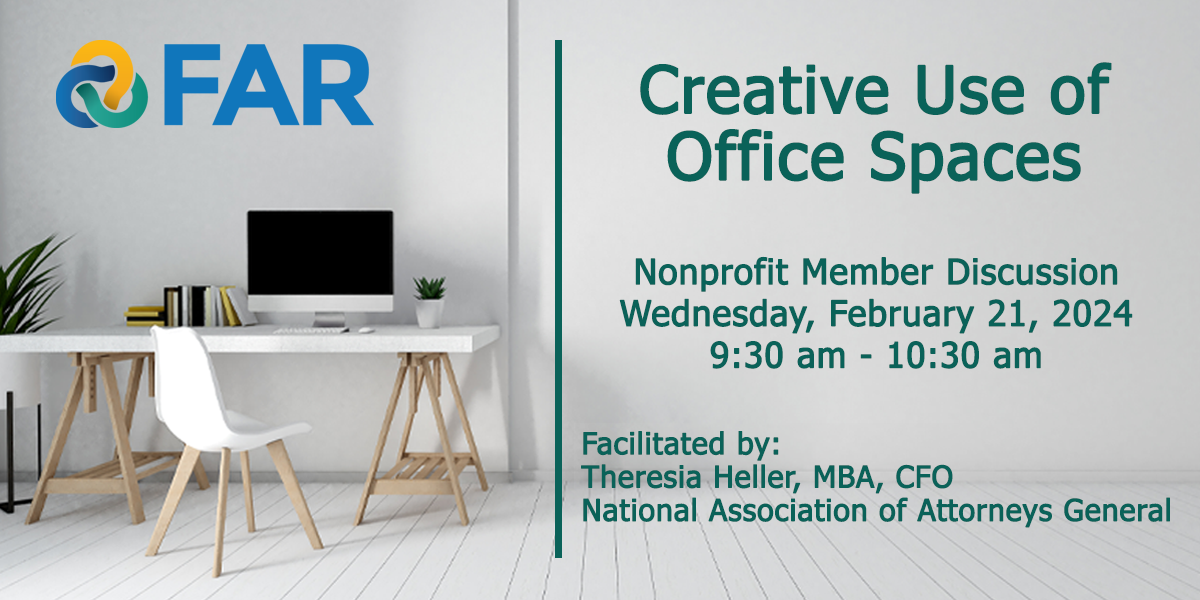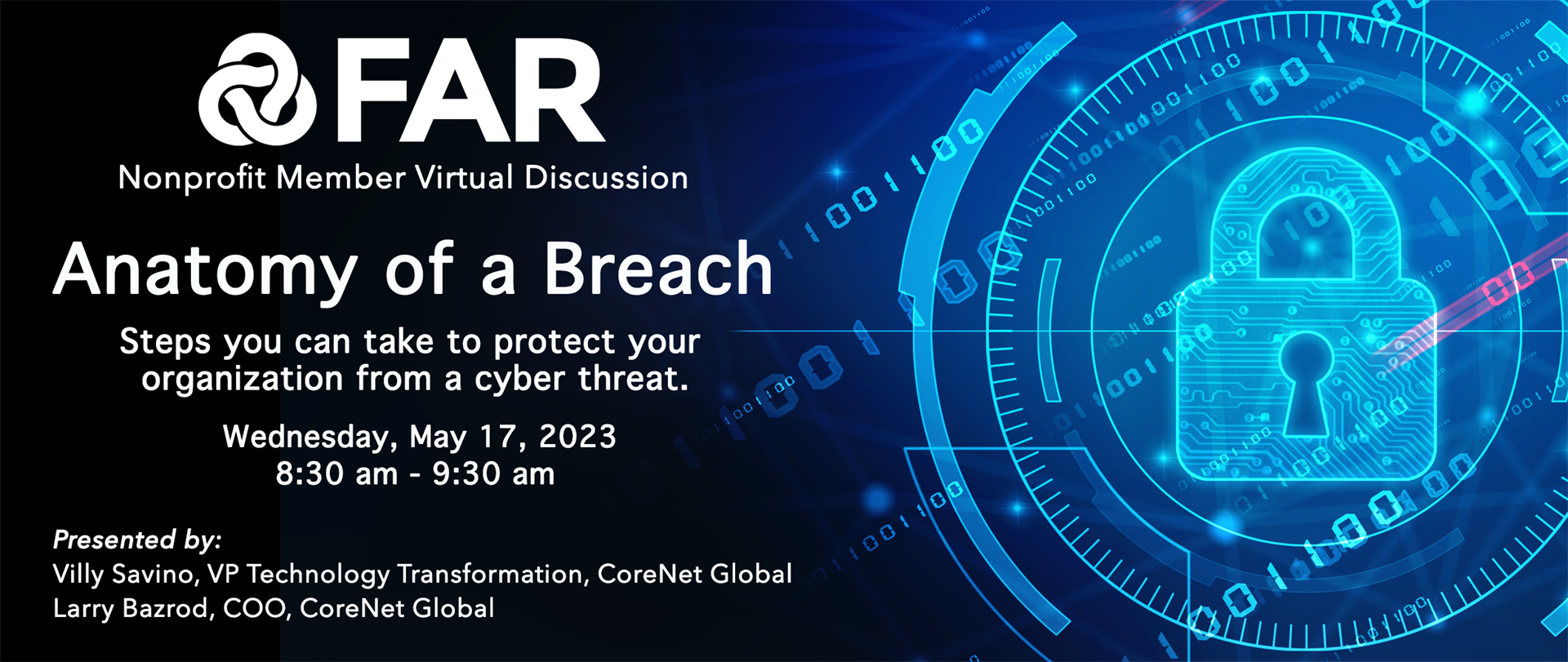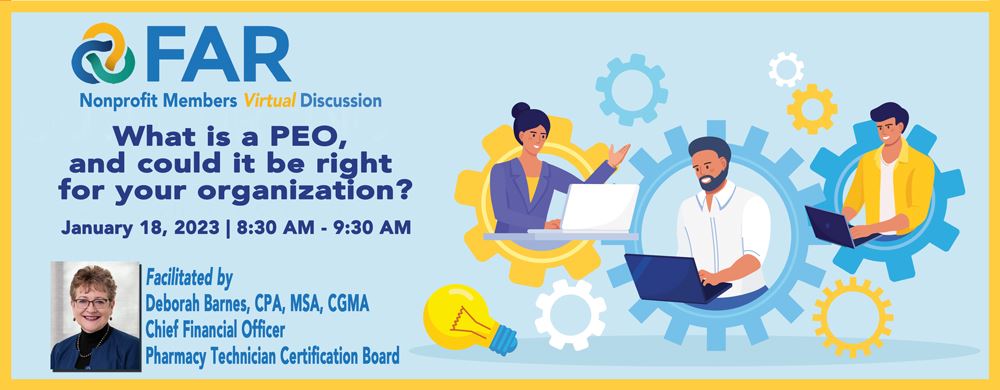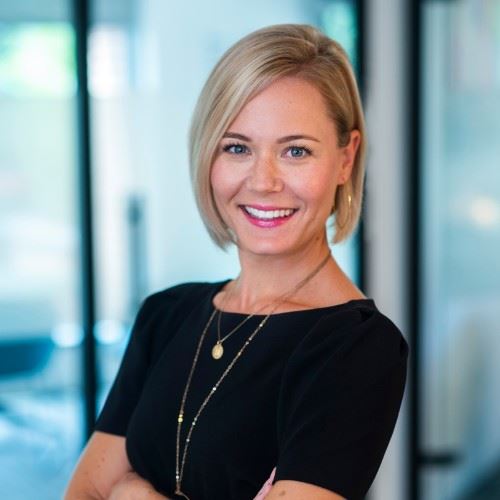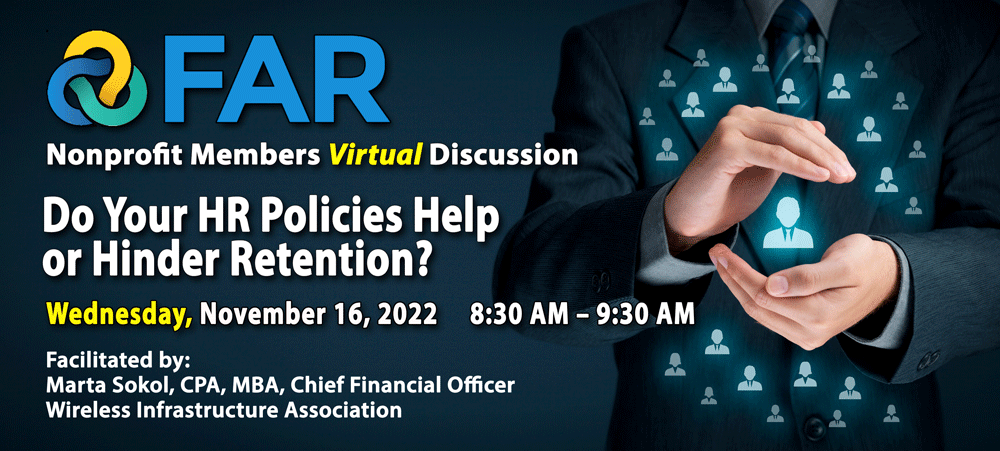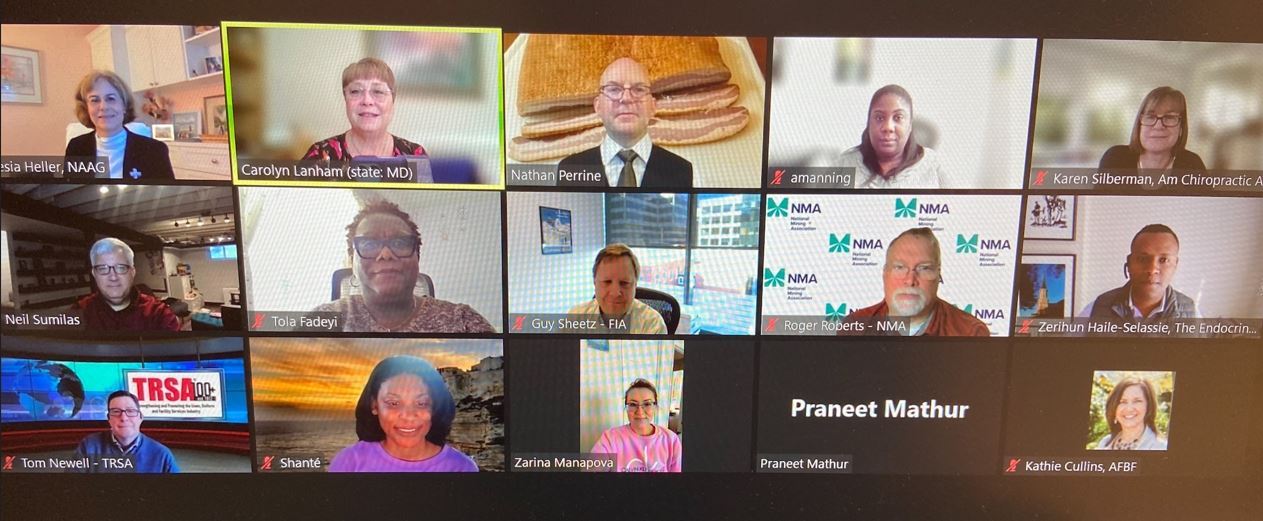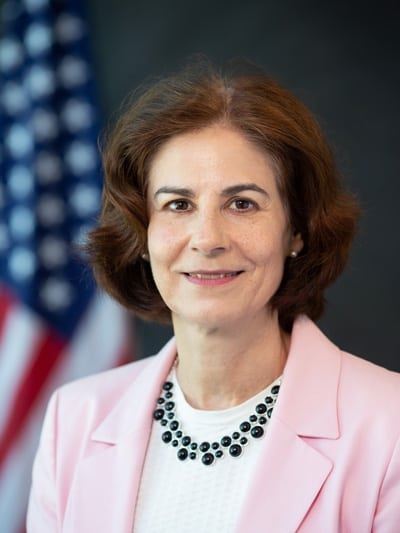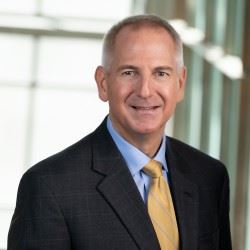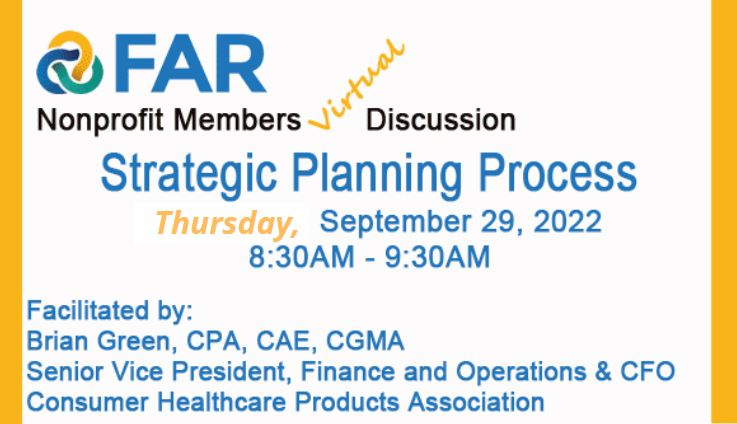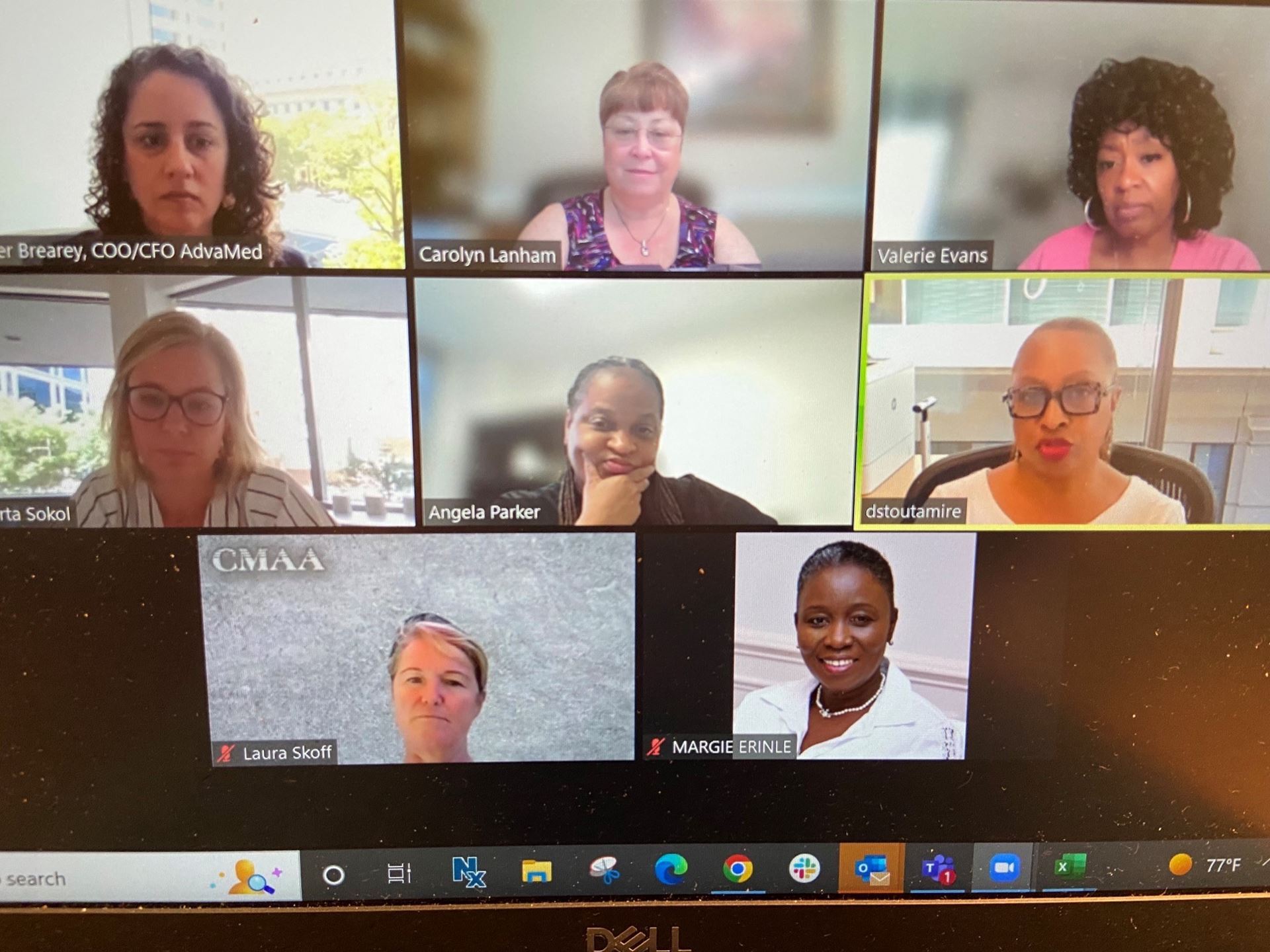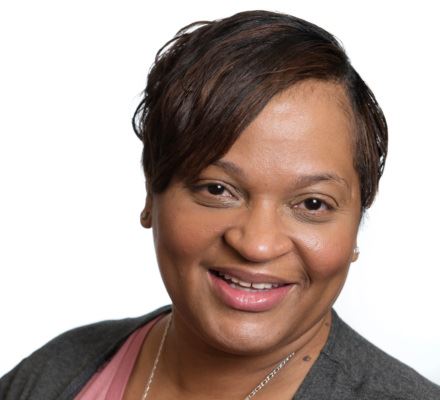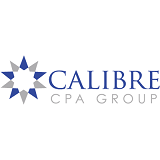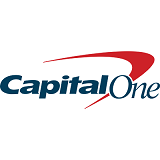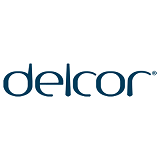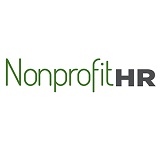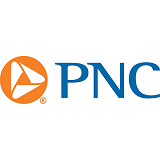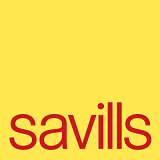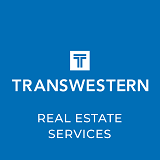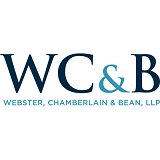FAR Nonprofit Member Discussion Events
About FAR Nonprofit Member DISCUSSION Events
Formerly scheduled as in-person breakfast events, FAR Nonprofit Member Discussions are now being conducted as online meetings. You can expect to continue to receive the same high quality, thought-provoking and helpful conversations found during our physical meet-ups – the only thing missing will be the breakfast!
Schedule: Held monthly, Nonprofit Member Discussions are generally scheduled from 9:30 am to 10:30 am.
Registration: Open to Nonprofit Members and their nonprofit guests, these discussions are free of charge.
Size and Format: Created as informal conversations with an identified facilitator and topic of discussion, the group size is limited to ensure there is a lively and interactive discussion among participants.
Topics and
Facilitators: If
you are interested in facilitating a future Nonprofit Member Discussion or would like to
suggest a topic for discussion, please contact hq@far-roundtable.org to be put in
touch with the committee.
FAR Nonprofit Member Discussion Summaries
| Implementation of Systems This month's nonprofit discussion focused on the do's and don'ts of system implementations and integrations. Participants shared their experiences and emphasized that successful implementation and integration depend on:
|
| Work Resolutions for the New Year The nonprofit meetings serve as an exchange of ideas and learn from each other. The topic for the beginning of the year revolved around workplace resolutions for the new year. The participants engaged in a lively discussion about workplace productivity. They focused on enhancing productivity through smart use of systems, AI, and cross training as well as empowering and appreciating employees. While budget constraints may influence monetary incentives for employee appreciation and retention, there are also many non-monetary ways to acknowledge and motivate staff. |
| Professional Development Strategies: Employee Engagement The focus of the discussion was on professional development and employee engagement. Professional development involves enhancing business knowledge and improving soft skills like management, leadership, and communication training. Both employees and employers benefit from professional development. It can boost employee retention, job satisfaction, productivity, and up-to-date industry knowledge, which in turn positively affects member satisfaction with the organization. Integrating professional development with the evaluation process and future goal setting is a good approach. Additionally, a commitment to professional development should include dedicated funding. |
| Nonprofit Investment Strategies: Best Policy Practices Many nonprofits depend on their investments for some portion of revenues. This requires a sound investment strategy that reflects the organization’s mission, goals, and spending needs as well as donor intent. To manage this, nonprofits should:
|
| The online discussion "Creating a Motivating Workplace: Secrets to Keeping Staff Happy" was insightful and enriching. Participants delved into the complexities of maintaining employee satisfaction in nonprofit environments, highlighting the importance of people, processes, and proactive dialogue for organizational success. Key insights:
The discussion provided valuable insights into creating a motivating workplace environment within nonprofit organizations. By prioritizing the well-being and professional growth of employees, fostering a sense of purpose, and embracing authentic leadership, nonprofit CFOs can effectively nurture a culture of happiness, productivity, and success within their organizations. Continuing dialogues and proactive efforts in these areas are essential for sustained organizational growth and impact. |
| Creative Use of Office Spaces The group shared experiences of moving from larger floor plans to a smaller footprint. This involved giving up fixed or assigned offices, reducing traditional storage space, and creating more collaborative spaces. The discussions points ranged from a complete move to a new smaller office or redesigning and downsizing existing space. Involving employees in the process and asking for their input helps is important to have a successful transformation. |
| Anatomy of a Breach The breakfast meeting on May 17, 2023 focused on the anatomy of a cyber breach. Presenters Villy Savino and Larry Bazrod, both from CoreNet Global, described a cyber-attack at their organization and the lessons learned. With discussions from the group, we had the following take-aways:
|
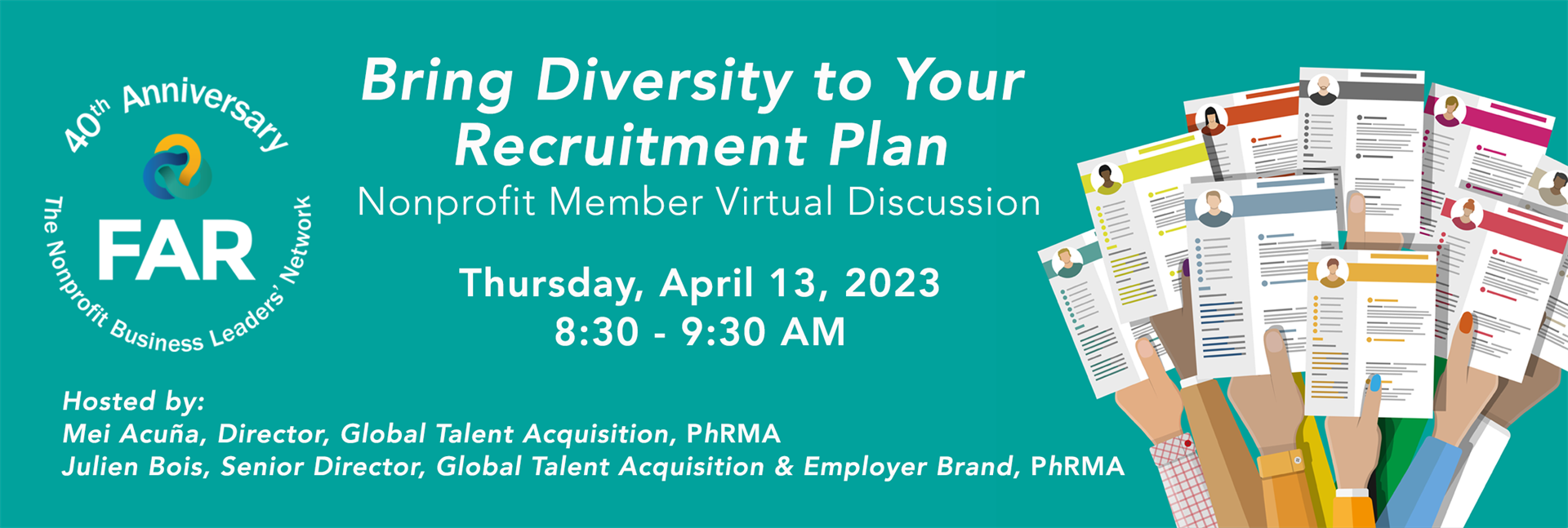 | Bring Diversity to Your Recruitment Plan: Nonprofit Member Discussion The initial discussion centered on understanding the importance of diversity recruitment strategies in organizations. The speakers presented tools and methodologies for DE&I, including: reviewing job descriptions for inclusive language, reviewing imagery on Careers sites, external partnerships, professional diversity networks, and employee resource groups. Using these tools helps achieve the goal of building a diverse slate of candidates. We discussed the role that unconscious bias plays in the recruitment process. Unconscious bias does not mean discrimination but can lead to discrimination and other outcomes we don’t want. We learned about the methods of reducing bias when hiring. We also talked about the approach to recruitment screening tools and what questions should be asked when using these tools, with the mindset of eliminating unqualified candidates and not losing any valuable ones at the same time. |
| Change Management Carolyn Lanham, CAE, Chief Operating Officer of the American Society of Addiction Medicine led a discussion with colleagues on the topic of change management. The conversation kicked off with describing the difference between change and transition. Change is situational. Transition is the psychological process people go through to come to terms with the new situation. Change is external and transition is internal. When we talk about change, we focus on the outcome. Transition is different. The starting point is not the outcome but instead the ending that will have to take place to leave the old behind. Nothing undermines organizational change as the failure to think through who will have to let go of what when the change occurs and to be ready for those changes and losses. This requires engaging with all stakeholders, anticipating needs, and planning for different scenarios. It is necessary to keep a continual pulse on transition issues and adjust/adapt to unforeseen circumstances. The group agreed that overcommunication is vital to lead everyone to the shared vision for the change. It requires targeted messaging to address the unique needs of each person/group and to be done through various channels, continually reinforcing the “why.” At the same time, it is important to acknowledge that the old way is or will be no longer. There may be some sense of loss. After all, change is an emotional process. One thing is for certain, change is constant. Successful management of transitions is the key for transformation. |
| Nonprofit Executives Explore Experience with PEO Partnership Deborah Barnes CPA, MSA, CGMA, Chief Financial Officer at the Pharmacy Technician Certification Board shared her experience choosing and partnering with a professional employer organization (PEO). This highly engaging conversation was shared amongst nonprofit executives during their January 18, 2023 discussion. The major take-a-way is that collaboration is key. Organizations may engage with a PEO for a variety of services however, it is not a one size fits all. You need to be very clear on the terms of the service agreement and fully understand what it entails. Do not make assumptions. For example, define what is included with “payroll services.” There are benefits to engaging with PEO. Some of these include access to a deep bench of knowledge, seamless administration of COBRA and FMLA, payroll processing, and compliance with all the state regulations. On the other hand, there is no physical presence of the assigned HR specialist, and they are servicing many clients. This means the PEO does not know the employees on a personal level and has limited ability to influence or measure employee engagement and culture. PEOs often cite their purchasing power for employee benefits which can reduce the organization’s expenses, however the organization has little or no ability to influence which health plans are offered. Again, the key to success with such a partnership is clearly defined expectation and collaboration. |
Do Your HR Policies Help or Hinder Retention? Marta Sokol, CPA, MBA, Chief Financial Officer at Wireless Infrastructure Association facilitated a discussion among non-profit members to explore the impact of organizational benefits on staff retention. One thing was quite clear: while traditional benefits are important, FLEXIBILTY is the key driver to employee retention. The participants agreed staff is most productive when they can work in ways that allow them the ability to address their individual circumstances or personal needs while also meeting the outcomes and results required of their position. Most reported that some form of remote work is here to stay. Some participants shared that their organization has transitioned to 100% remote work, others have adopted a hybrid model, while others have not implemented a formal policy one way or the other. With flexibility and remote work becoming commodities these days, and organizational culture that continues to be the top perk for most candidates, we discussed different ways of elevating the culture and the feeling of belonging in this new hybrid environment. We shared some ideas on how our organizations address these conflicting priorities. Robust health care benefits are also top of mind. The non-profit members reported that increasing premiums are of concern. The limited amount of time from receiving renewal information to deciding, leaves little time for exploring alternate plans. The group collectively reported increases of 8% to 12%. This is not a new issue but one that continues to become more complex each year. |
Marta Sokol, CPA, MBA, Chief Financial Officer at Wireless Infrastructure Association
|
Facilitator: Theresia Heller, MBA, Chief Financial Officer at the National Association of Attorneys General
| FAR Nonprofit Member-Only Discussion – October 20, 2022 Theresia Heller, MBA, Chief Financial Officer at the National Association of Attorneys General led a discussion with FAR non-profit members on the benefits and challenges of outsourcing certain functional areas versus keeping those in-house. Every business at some point will consider whether to outsource a service. Points to consider are cost, skill level of employees, and technical resources. Nonprofits frequently benefit from outsourcing support functions that are critical to the business yet not specific to the core mission. These include IT support, accounting, human resources, member services, and in some cases marketing and sales. Some organizations use a hybrid model with outsourcing only specific tasks or portions of a function. For a partnership to be successful, it is important to research potential vendors thoroughly and set the level of expectation through a detailed service level agreement or contract. Participants of the discussion pointed out that some vendors outsource their contracts to other vendors, sometimes in different countries, so be aware of the fine print and understand the ramifications (e.g., time zone differences, language barriers, etc.) if such a provision exists in the contract. The FAR Resource Members are a convenient and likely source to start your search for a business partner. They understand the nuances of non-profit organizations and are positioned to provide immediate value to an organization. All the participants agreed that regularly scheduled communication and setting and measuring goals help make a successful partnership. |
FAR Nonprofit Member-Only Discussion – September 29, 2022 Brian Green, CPA, CAE, CGMA, Senior Vice President, Finance and Operations and Chief Financial Officer at the Consumer Healthcare Products Association facilitated a discussion with association executives about lessons learned when developing or updating your strategic plan. The number one requirement is that the CEO needs to be a driving force in the process and that the executive team are engaged participants as well. It can be difficult to include the entire Board in the initial planning, research and drafting. It is usually best to have a subgroup of the Board assigned to work on the initial task. The meeting participants discussed the pros and cons of using an outside facilitator and agreed that having one was beneficial to keep everyone on track, to be viewed as a credible authority, and to help reach consensus, however a facilitator is not always required. It depends on the scope to the work and the personalities of the participants. The plan should be for three to five years with broad goals, strategies, and measurements. Staff translate the plan to guide the development of the annual activities from which the budget is based. From there, individual staff goals are determined and cross-walked back to the plan. Annual metrics are agreed upon to measure individual staff goal attainment as well as the attainment of the overall goal. When possible, measure impact instead of activity. Another element of strategic planning is to decide what not to do. The organization cannot be everything to everyone. The meeting participants agreed this was the most difficult yet is necessary to free up resources for the most important initiatives. Bottom line: identify aspirational goals, narrow the focus by defining where to play and who to serve. This is how to distinguish your organization from others and find “the sweet spot” – the ability to have the most impact and influence. |
|
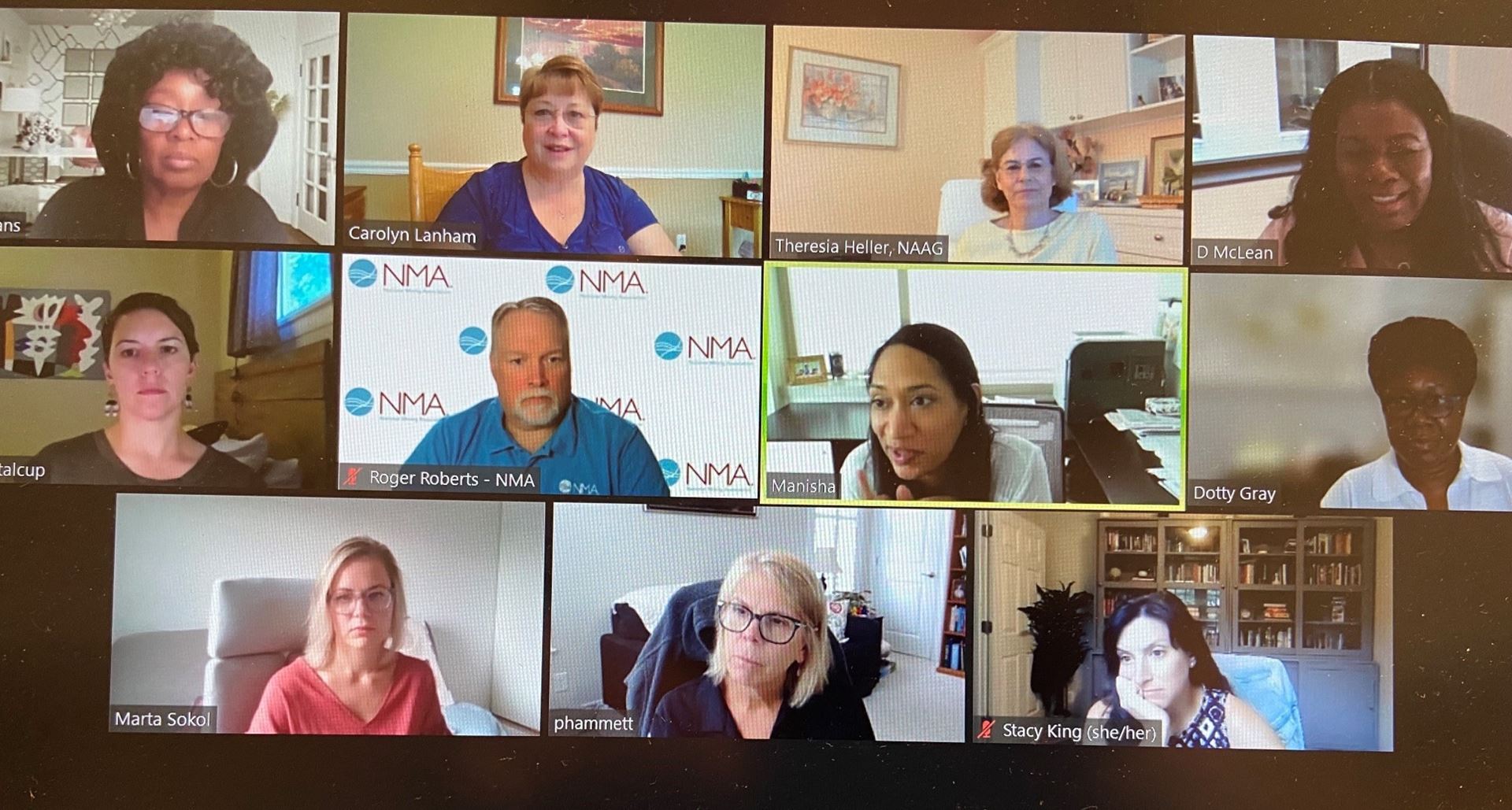 Facilitator: Valerie Evans, CAE Vice President,
| Nonprofit Members Discuss What Keeps Them Up at Night Valerie M. Evans, CAE, Vice President, Governance & Membership at the American Society of Addiction Medicine led a discussion with Nonprofit Members to find out what is on their minds. The topic that gained most attention was recruiting and retention. The challenges are different than during the height of COVID. Previously, leaders received an influx of unexperienced candidates. The upside is that they are now receiving fewer resumes with skills that better align with the position, yet the downside is that they are struggling to attract a robust pool of candidates to make the best hire, especially if the search is limited to the DC-Metro area. Participants shared their experiences and suggestions for attracting more candidates. Of course, hiring is only the first step. It is most important to retain the talent. While salary is a significant factor, it is equally essential your employees know about and utilize their benefits and further, that they understand the value of those benefits. Engaging in individual conversations with employees about their specific needs provides helpful insight for developing creative enhancements to benefits, positions, and culture. All agreed that culture was an essential part of retention and that association leaders must “walk the talk” and lead by example. Participant’s comments: “The discussion was engaging and insightful.” “It was helpful to bounce ideas off of each other.” “I really enjoyed the conversation.” |
FAR Nonprofit Member-Only Discussion – Peer Mentoring – June 29, 2022 Jen Brearey, Chief Financial & Operating Officer at AdvaMed led a discussion with Nonprofit Members about the benefits of peer mentoring. The focus of the conversation quickly turned to ways to build trust amongst peers, supervisors, direct reports, and Board members. Participants shared their experiences and approaches to earning and maintaining trust. These included being your authentic self; being accountable by following through on expected deliverables and taking ownership of mistakes; and always explaining the “why,” by connecting decisions to the business purpose. The group agreed that knowing the personalities of the individuals you interact with is important to understand different perspectives. Jen shared a free tool https://www.16personalities.com/ which reveals “what really drives, inspires, and worries different personality types, helping you build more meaningful relationships.” The bottom line: personal and business success is built upon relationships. The stronger the trust, the stronger the relationship, the stronger the results! |
|
FAR Nonprofit Member Only Breakfast Discussion – May 19, 2022
Angela Parker | Non-Profit Members Discuss Workplace Wellness Angela Parker, Senior Human Resource Manager at the Center for Law and Social Policy (CLASP) facilitated the non-profit member breakfast discussion on May 19, 2022, titled “Workplace Wellness.” It was an opportunity for members to discuss the approaches to employee well-being which encompasses physical, emotional, and mental states. Some of the key take-a-ways from the discussion included 1) support for wellness activities/programs must be supported and promoted by the CEO, 2) supervisors need to be extra sensitive to recognizing burn-out and other symptoms of other challenges, and 3) lead by example; participate in the activities and model healthy behaviors. The participants shared the strategies they employ to promote well-being. Angela shared the most intriguing of CLASP’s programs. “Protecting Your Peace (PYP)”. PYP means maintaining a healthy environment for growth while guarding your state of mind. Participant’s comments: “This was very informative” “Thanks for sharing the innovative wellness activities and programs.” “This is such an important topic.” |




